Some of the links in this post may be affiliate links.
Are you wondering what soil is best for Monstera deliciosa? Luckily, there are many different blends that will work and that you can use. Whether you want to purchase your own ready-made mix, or easily blend your own, keep reading to learn all about the important details on Monstera deliciosa soil so you can have the thriving plant of your dreams.
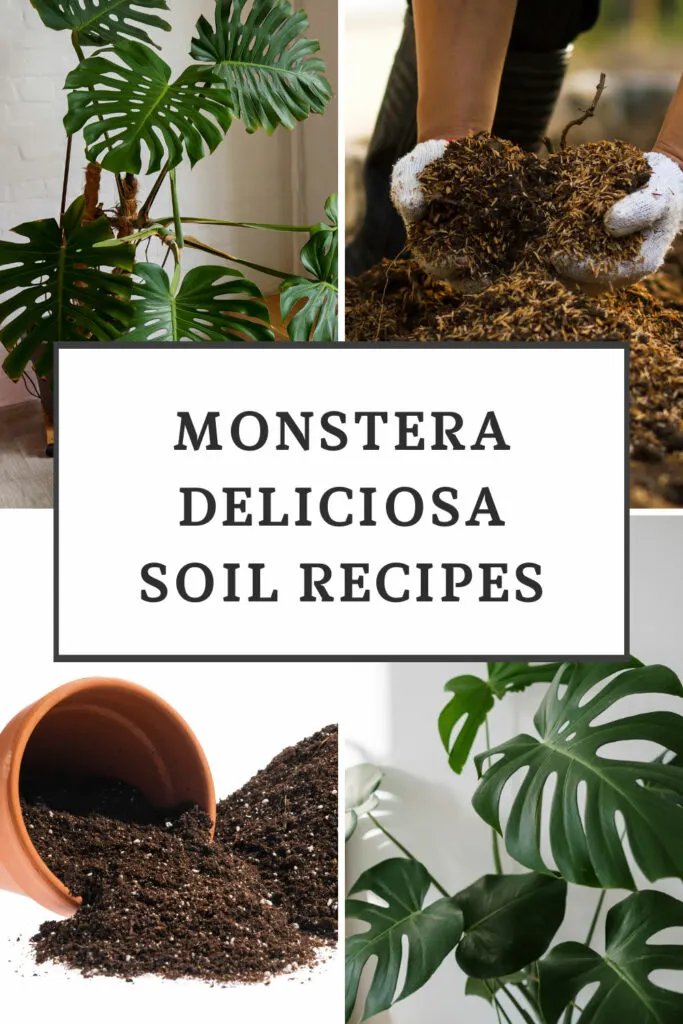
Table of Contents
WHAT SOIL IS BEST FOR MONSTERA DELICIOSA
In this post, I’ll first talk about 1 blend that you can purchase and use straight out of the bag as-is. And the next two blends are ones that you can easily mix with just 2 or 3 simple ingredients.
There will be something for everyone, and I’ll talk about the pros and cons for each of the mixes.
Here are my top 3 picks for best soil for Monstera deliciosa:
1. TROPICAL CLIMBER SOIL BLEND
If you don’t want to mix your own and want to keep it easy, I would strongly consider the Tropical Climber Soil Blend from Oh Happy Plants.
Here are some of the reasons why this is an amazing blend:
- It is more sustainable since there is no peat moss.
- If you hate perlite, this mix does not include it! It does tend to float to the top over time and there are some concerns over fluoride content in perlite.
- The mix steadily provides nutrients to your plants over time as a result of incorporating ingredients like alfalfa meal, flax seed meal, and rock dust.
- All of the Oh Happy Plants blends use a mycorrhizal inoculant, which improve plant health and vigor, and increase disease resistance naturally!
This blend is wonderful for Monsteras, Pothos, Philodendrons and any climbing tropical rainforest plant.
I’ve been using the Oh Happy Plants blends for a while and really believe in them so much that I’ve forged a relationship with the company and you can try out Tropical Climber Soil Blend, or any of their mixes, and receive 10% off automatically at checkout if you use my link.
It is a bit more expensive, but the mix is extremely high quality and you can use it straight out of the bag, unlike most mixes on the market.
It will remove any guess work, and the convenience of having a turn-key product makes life a lot easier.
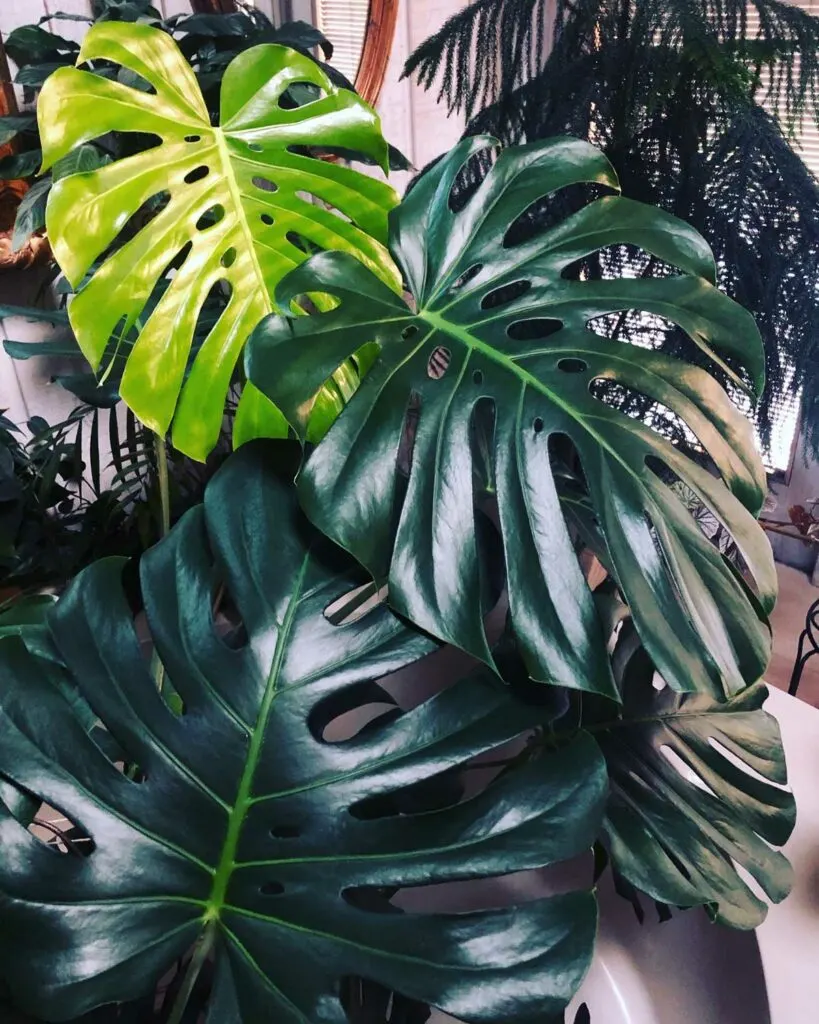
2. MIX YOUR OWN WITH BIG PERLITE
Not all perlite is created equal, and there is one type of perlite that you may not have used in the past that you should be aware of.
I’ve become a huge fan after using it on my own giant, Monstera deliciosa for many years. What is this product?
It’s simply a larger sized perlite, or #3 perlite that I purchased on Amazon. It is a large bag, but I use a lot and you can incorporate it into many blends.
Check out my plant below.
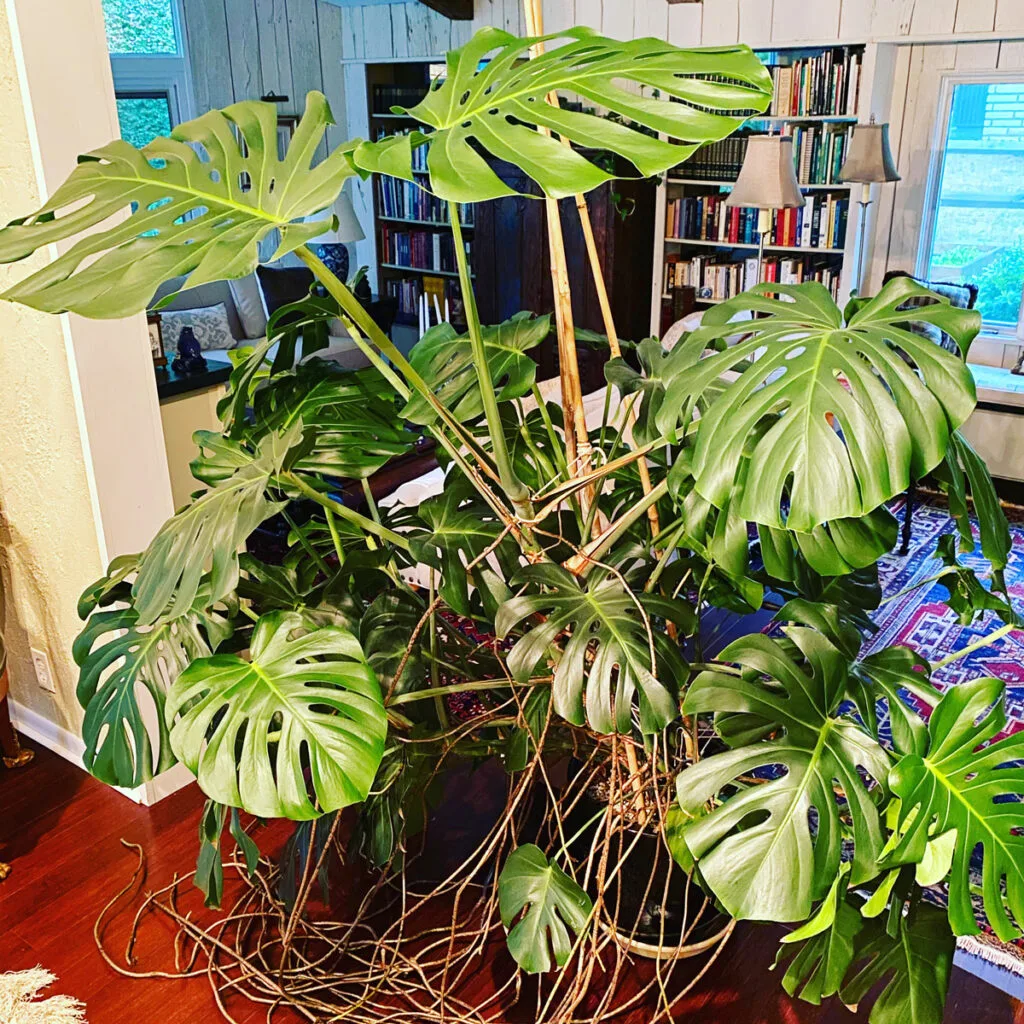
I’ve grown this gorgeous plant using 2 parts of Miracle Gro potting mix (or you can use Espoma, or your favorite all-purpose indoor potting mix) and 1 part #3 perlite. This is a wonderful mix for the following reasons.
- The larger #3 perlite adds incredible porosity and draining to your mix, much more so than smaller perlite, and it will also help to prevent compaction better.
- There are only 2 components to mix, and you can save money this way by buying in bulk. If you have a large plant collection, this is the way to go.
If you really don’t like perlite, you can substitute with
To learn more about the differences, ready my blog post on perlite vs pumice.
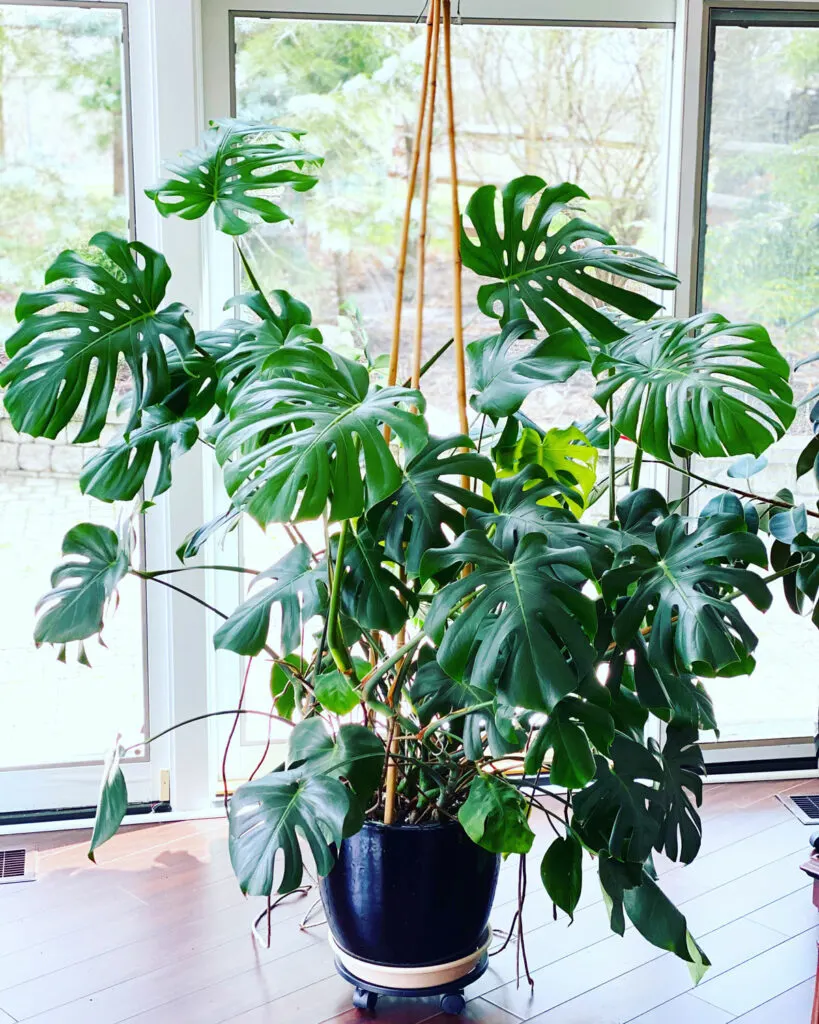
3. CHUNKY AROID MIX
One “standard” mix that you may have heard about is a simple blend of equal parts indoor potting mix, orchid bark, and perlite.
Some advantages of this mix are:
- It’s only 3 ingredients and they’re all easily available at garden centers or online.
- The mix is incredibly well drained, and probably the freest draining of the blends in this post (though all are wonderful).
- As a result of all the coarse material in this mix, it will be very difficult to “overwater” your plant.
What you need to keep in mind is that the “chunkier” the potting mix, the more quickly it will dry out. This will especially be the case if your plants are growing in great light and you have warm temperatures.
This is why watering schedules should not be strictly adhered to since our growing environments are all different, and your potting mix choice as well as environmental conditions will greatly affect how quickly your mixes will dry out.
I talk about all these relationships in my book, Houseplant Warrior: 7 Keys to Unlocking the Mysteries of Houseplant Care.
I once had a reader come to me after having issues with this blend after it was recommended by an individual with a large YouTube following.
It’s not that it is a bad mix though…In fact, it’s quite a good one. What the reader failed to do is adjust his watering frequency.
He had gone from a mix with low porosity, to this chunky mix which dries out a lot more quickly. We need to be flexible as plant parents and water when the mix is appropriately dry, and not be strictly dictated by a calendar.

MONSTERA DELICIOSA SOIL TIPS
The Monstera deliciosa soil blends that I’ve described above are not the only mixes that you can use, but they are wonderful mixes. Don’t be afraid to experiment with your own blends, but in my experience, these will work very well.
These mixes will work for any Monstera plant, not just Monstera deliciosa.
Having a good potting mix is just one aspect of plant care. However, just having a good potting mix does you no good if you ignore all the other elements of plant care.
We must strive to incorporate good watering and fertilization practices, provide sufficient light for our plants, use an appropriate pot type and size, and more.
If you want to get an amazing grounding in houseplant care, and understand how growing conditions work together, check out my book Houseplant Warrior, published by Countryman Press.
I’ve taken all of the common struggles that my readers have and incorporated these in my book.
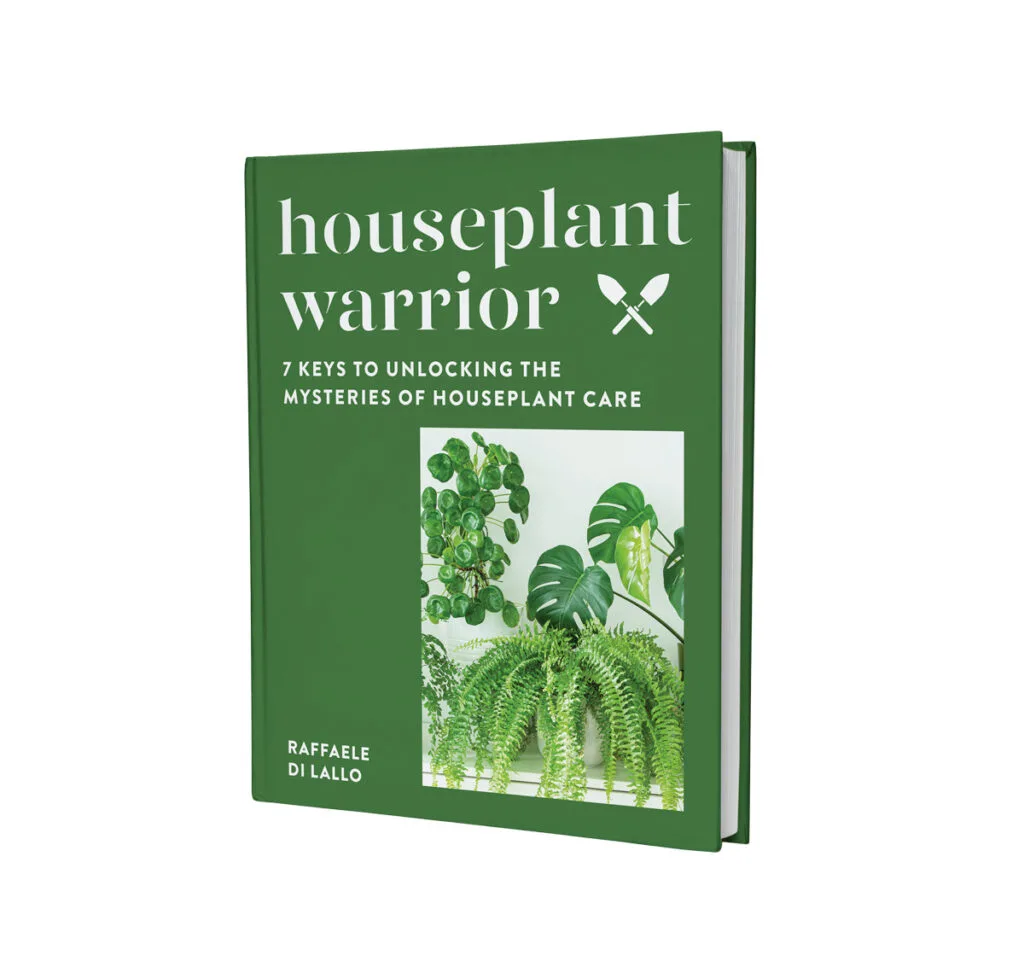
FREQUENTLY ASKED QUESTIONS
Can you use regular potting mix for Monstera?
Yes, but for many all-purpose potting mixes, it is far superior to amend the mixes and add some chunky materials such as perlite, pumice, orchid bark and more. This will improve the drainage and porosity of your mixes and greatly improve drainage and air flow to the root system of your Monstera.
Can you use cactus soil for Monstera?
You can definitely use cactus soil for Monstera and make it work, but these mixes are designed to dry out more quickly. I would also recommend adding some coarse material such as perlite, pumice, etc. in order to increase the porosity of your mix. Many types of mixes can work as long as you are flexible with your watering routine. Some mixes will dry out a lot quicker than others.
I hope you’ve enjoyed this post on Monstera deliciosa soil. Have you experimented with any of these potting mixes? Comment below. I’d love to hear!

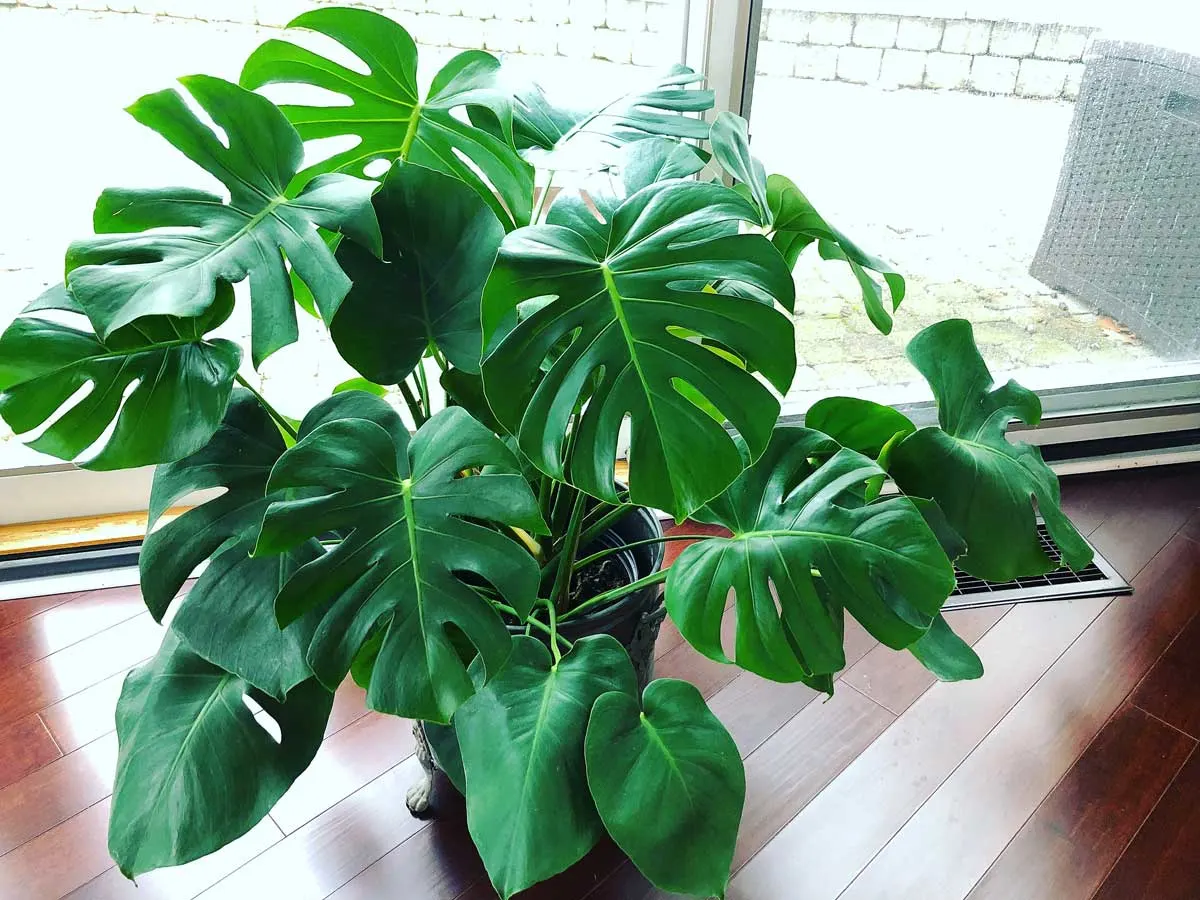
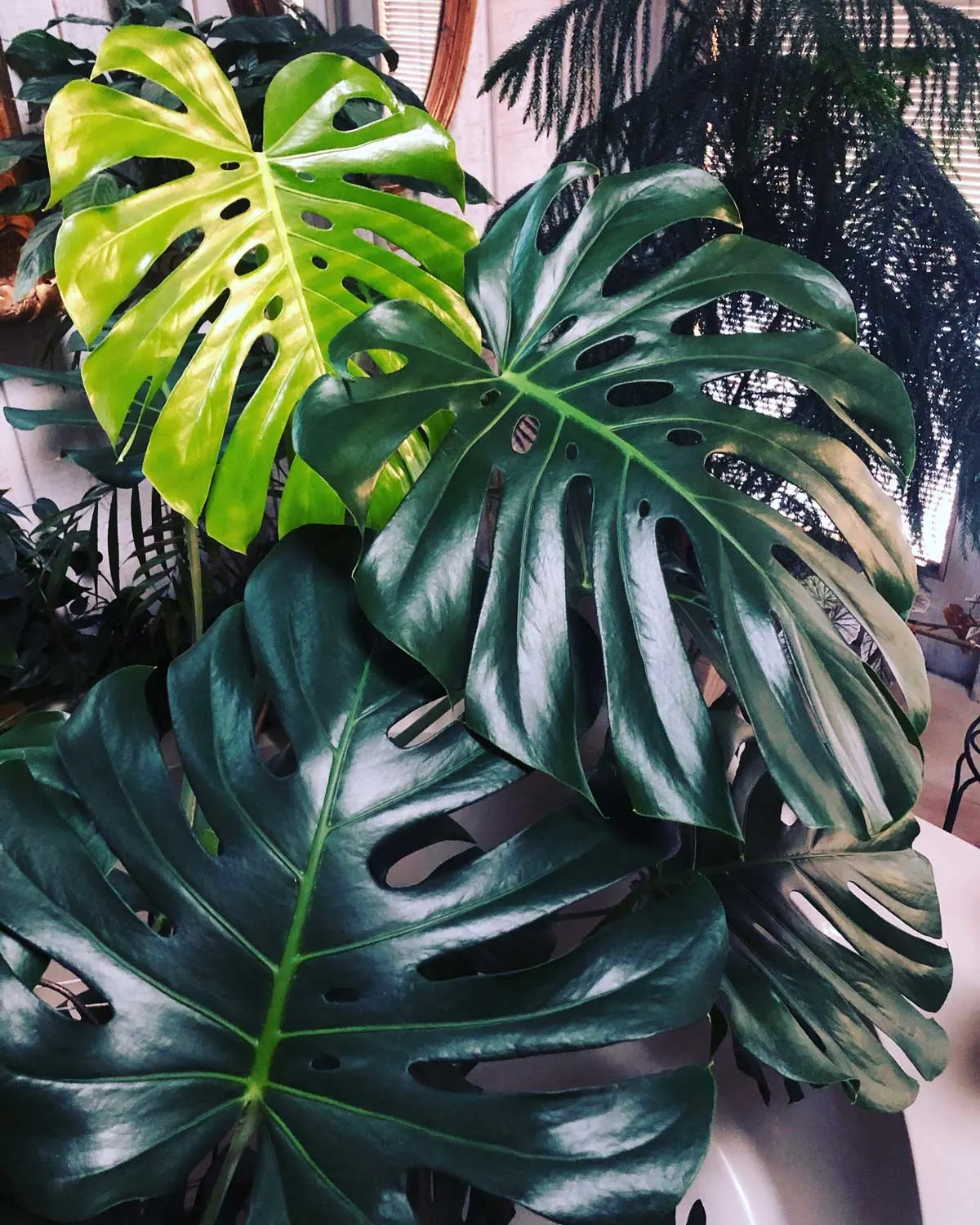
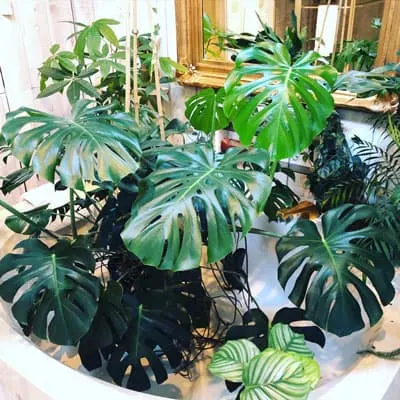
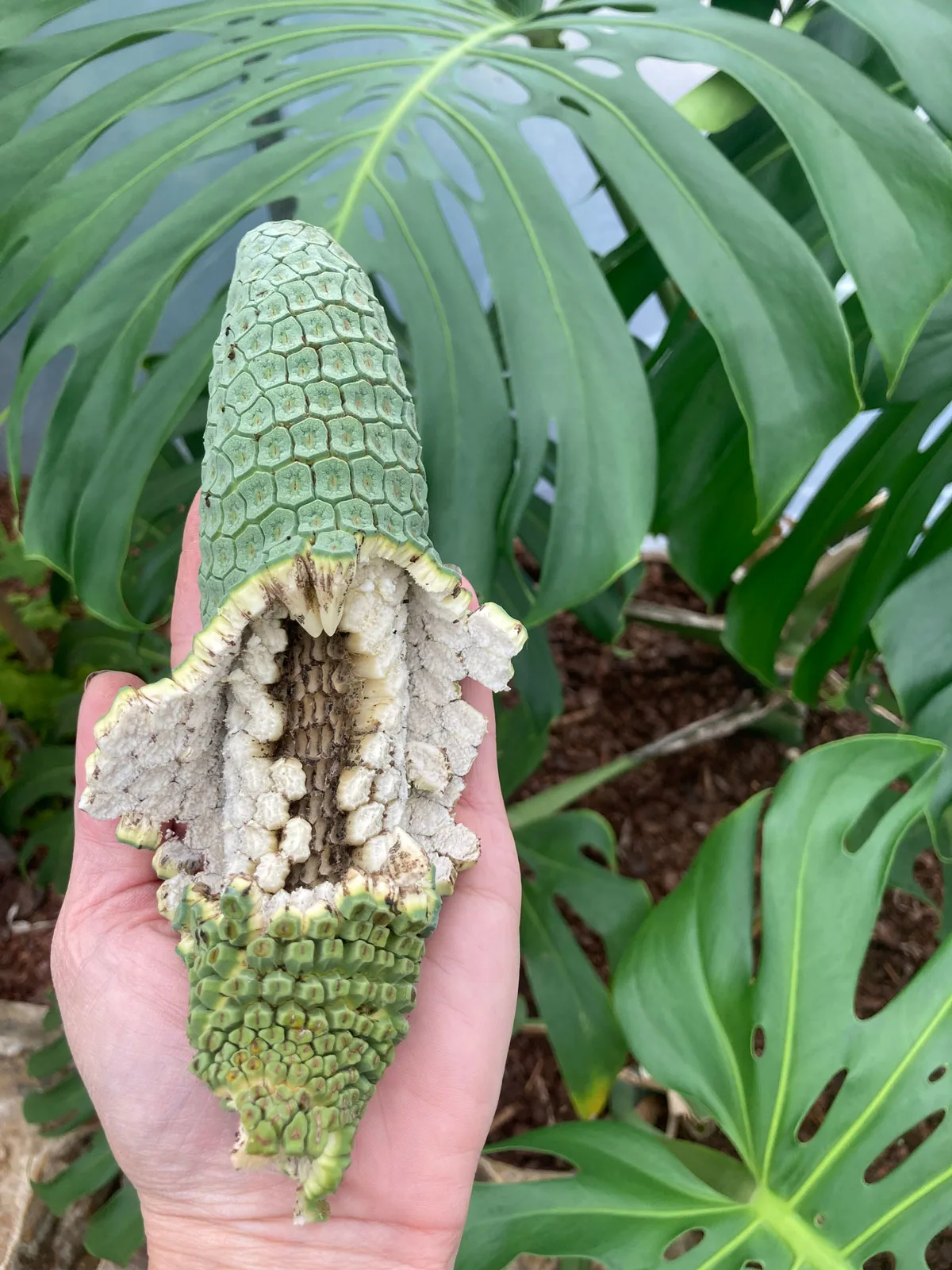

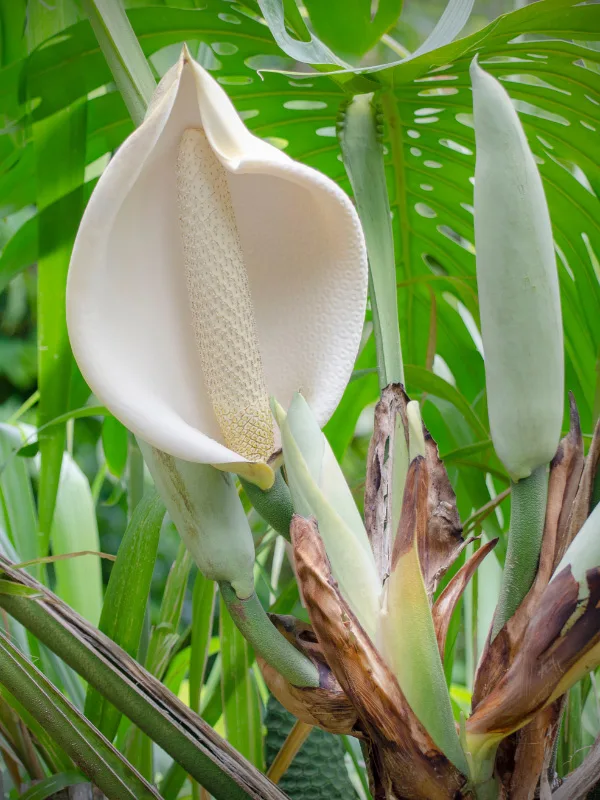
Bob Hopfner
Sunday 17th of September 2023
Always go big with you pot with a monstera. Terra cotta is best. I go up 4 inches each time repot. 12 to 17" is the next step.
Raffaele
Monday 18th of September 2023
Hi Bob! I noticed your other comment where you described your soil mix. Since you have a chunky soil mix, using a bigger pot is definitely possible and it sounds like yours are doing beautifully. I usually recommend to beginners the "one pot size bigger" rule in order to set them up for success. Once they learn more about plant care, they can break the "rules" like you have :-)
Bob Hopfner
Sunday 17th of September 2023
I use a 4 part mix consisting of cactus soil, pumice, coconut coir and phalaenopsis bark. The coir has some small perlite and the bark has large perlite and charcoal. Super chunky and fast drain. My big gal just loves it!
Raffaele
Monday 18th of September 2023
Hi Bob! That sounds great! There are many mixes that would work, and whatever works is the right choice! :-)
Amelia
Thursday 5th of January 2023
I like to know if you need to ferrilize plants and how often. I have a pilea plant that's a little skimpy and I don't know why .
Bob Hopfner
Sunday 17th of September 2023
@Raffaele, I agree I am always fertiling too. My monstera grows year round so she's always being fed. 10-16-38 1/2 teaspoon in 1gal water
Raffaele
Thursday 5th of January 2023
I always recommend fertilizing year round, except maybe during winter if your plants are not growing. If your Pilea is not right in front of a window or grow light, I'd suggest changing that first though.